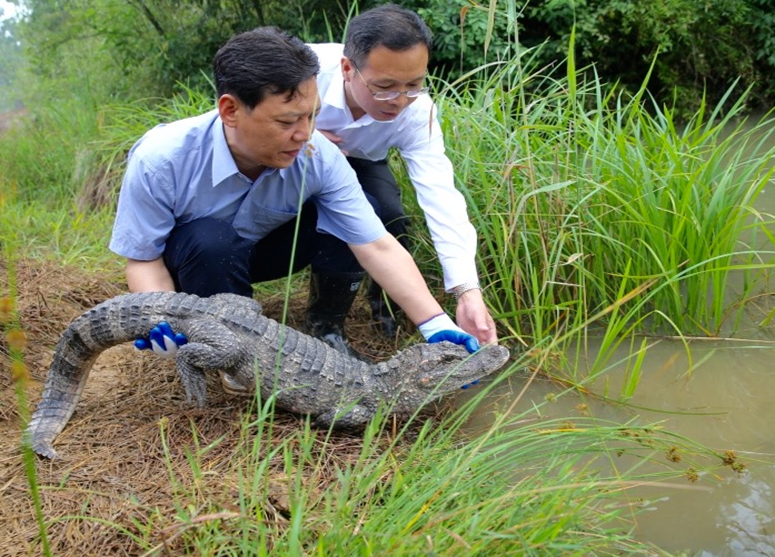These animals were covered during the BBC wild China series a few years ago, and as such a relatively poorly known but highly important animal which plays an important part of the ecosystem in this part of China has likely been saved – though there is still much work to do.

As with an awful lot of other wildlife found within the borders of China, the Chinese alligator is severely endangered. In the wild it’s population numbers around 150, at this population is highly fragmented and no habitat has a significant number of these animals.
Continue reading “The Chinese alligator – critically endangered in the wild yet with tens of thousands captive members”


